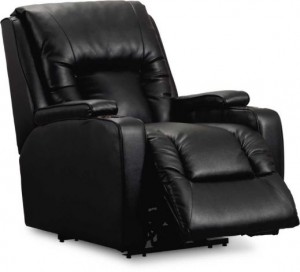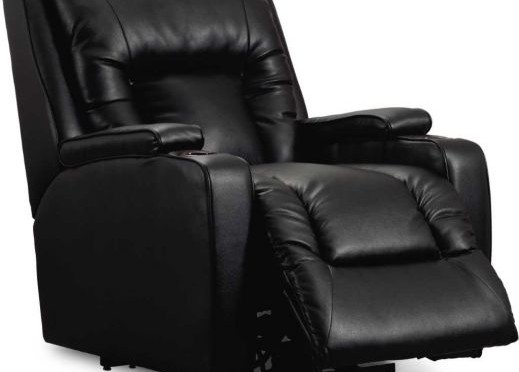I am Lane furniture’s biggest fan. We bought a Lane recliner several years back. It was a very comfy chair. Then, one day, I was pulling on the mechanism to recline the chair and SpROinG. It broke. The handle didn’t break, but there was an odd “sproingy” sound from underneath the chair and it kind of bucked a little, and that was the end of reclining in the recliner. So I did what any good consumer would do, I Googled “Lane Furniture” and contacted their customer service department. I told them what happened and they shipped me a new reclining mechanism for free. They didn’t ask how old the chair was. They didn’t ask if I was using it correctly. They didn’t want a copy of the receipt or to know if I’d sent in any warranty paperwork. They just replaced the broken part. Because my husband is crazy-handy, when the part arrived he flipped the chair over and replaced the mechanism with no problem. That chair went back to reclining like a vacationing 22-year old on a Jamaican beach. Sweet!

I bet I’ve told dozens of people about that experience (and now hundreds or thousands more, depending on how popular this blog article is), and we have since purchased a new Lane couch and love seat. It’s getting close to time to retiring them to the basement, and what will I buy to replace them? New Lane furniture, of course.
So how much do you think that replacement reclining mechanism cost Lane Furniture? Maybe $30 in materials and postage. And how much money have they made off me since then? More than $1,000, and I’ve got years and years of good sitting and reclining left in me. Plus, who knows if people I told also purchased Lane recliners based on my great experience with the company. I think maybe they got a good return on that investment, how about you?
Which brings me to the subject of this blog: Customer Lifetime Value. According to Wikipedia.org, customer lifetime value (CLV), lifetime customer value (LCV), or user lifetime value (LTV) is a marketing phrase that has to do with predicting the net profit attributed to a company’s entire future relationship with a customer. Have you ever thought about this? What is the value of each of your customers? Is it more expensive to bring in new business or to sell something to a returning customer? Of course selling to a repeat buyer is less expensive.
I won’t pretend to be a mathematician, or even that I understand everything that goes into calculating the CLV. Instead, check out the Customer Lifetime Value Calculatorthat the folks at the Harvard Business School put together.
Now that you know the CLV of your customers, here are five ways to nurture them:
1) Offer a loyalty discount. Acknowledging repeat purchases with a loyalty card is right up the relationship buyer’s alley. Or, if loyalty cards don’t fit your business model, consider offering long-term buyers a perk like faster or free delivery or a reduced price.
2) Make them insiders. If you will be launching a new product or service, show your customers the roadmap in advance or send them an early-bird announcement so they’re the first to know. If you aren’t introducing anything new, alert them to sales before you announce it to the rest of the world.
3) Give them a shout out. If you’re on social media, give good customers a shout out online via Facebook, Twitter, Google + or wherever you’re active. Tag them in a post and give them a digital stage where you tell the rest of the world how much you like them as a customer.
4) Celebrate with them. Sending holiday cards is nice, but might be expected. In addition, you can impress them by remembering their birthday — or maybe their customer anniversary date — with a custom greeting card and a personal note.
5) Thank them. It may sound obvious, but many businesses don’t do it! If a loyal customer gives you a referral, do a great job for that new customer and send a handwritten note of thanks for the recommendation. If they pay their bill on time, shoot them an email and let them know you appreciate it. If they’re easy to work with, thank them the next time you’re talking to them.
How do you nurture and retain your customers? Share your experience and ideas by leaving a comment below.

